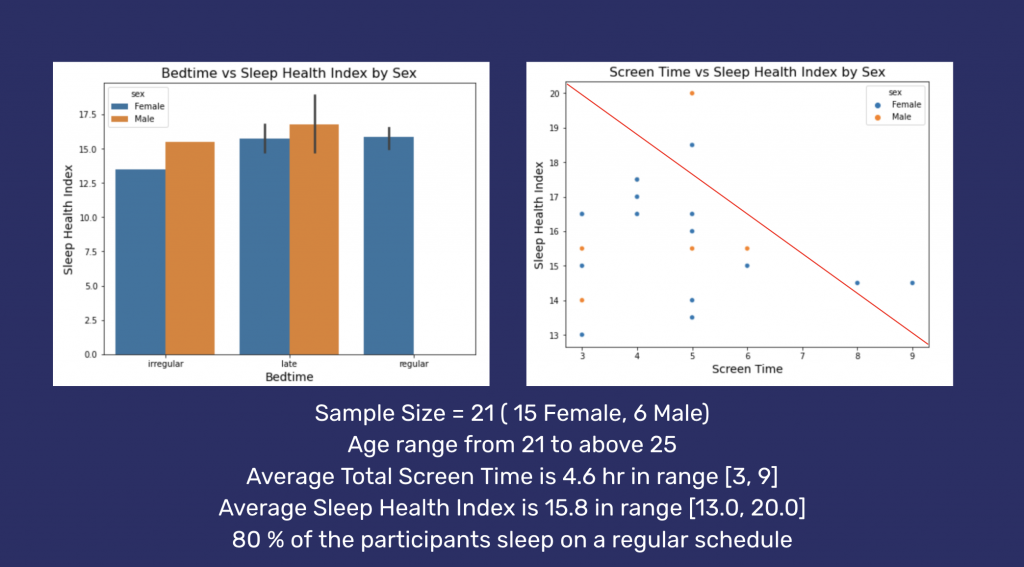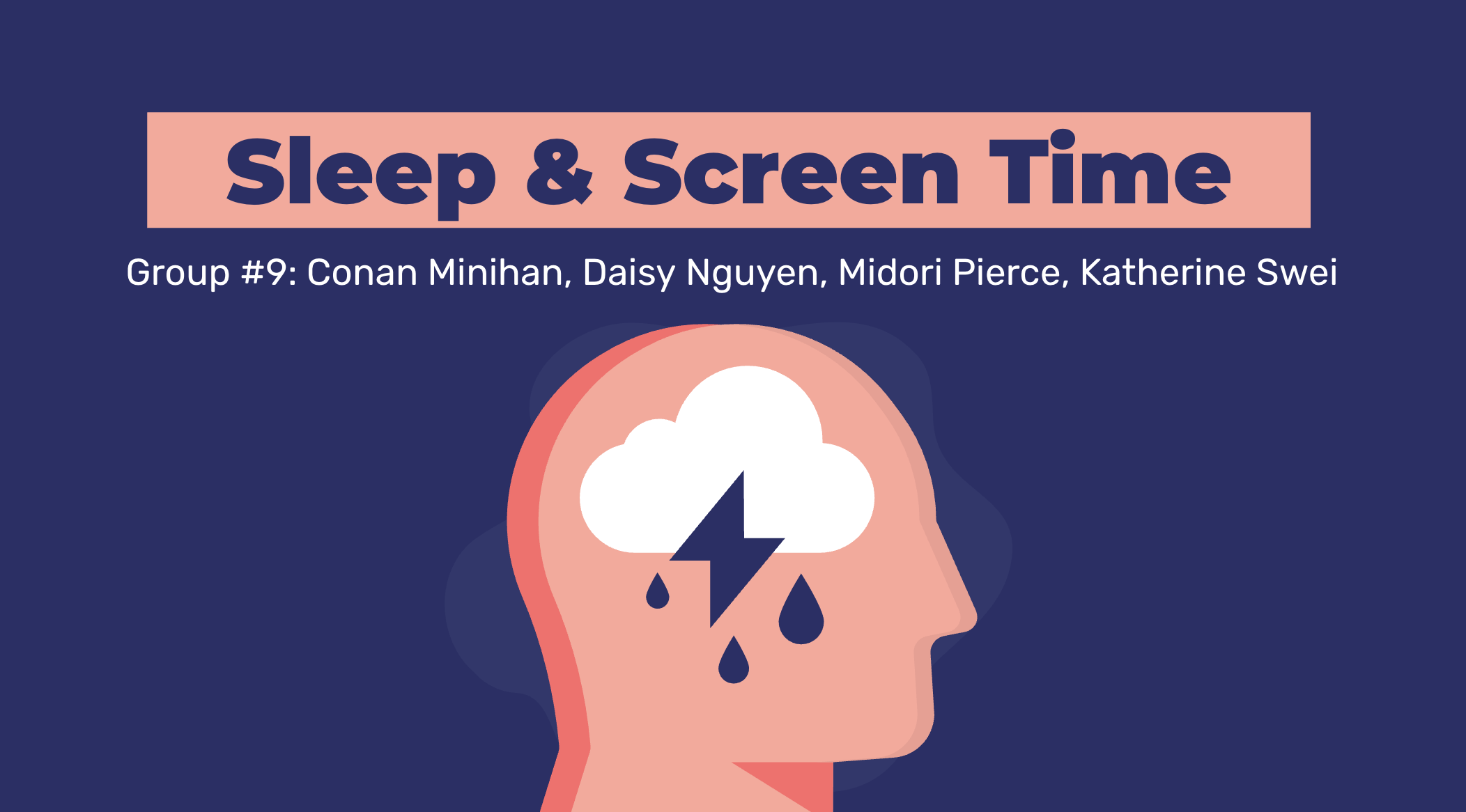I practiced the survey design method, literature review research, and data analysis in this cognitive science experiment. I carried out the collection and analysis of data from a cognitive scientist’s viewpoint. It allowed me to study human behavior from a researcher’s perspective, where I defined research objectives, understood design limitations, and expanded future implications. Both sleep and technology are a vital part of everyday lives, the findings of the study can set the framework for future cognitive experiments in enhancing the quality of life.
Foreword
I was Inspired by Why We Sleep by Matthew Walker and The Big Disconnect by Catherine Steiner-Adair. Walker stated that sleep is not the absence of wakefulness. Many complex cognitive functions depend on sleep to perform. While awake, the body is going through decay at high speed. During sleep, memories are consolidated, stresses are “washed away,” and the organs are rested. Steiner-Adair expresses her concerns on how the internet and technology impact child development and family relations. When we focus on how much conveniences technologies bring us, we often forget to reflect on the potential harmful consequences to the younger generation. With this background in mind, I am interested in designing a cognitive science experiment related to sleep and technology.
About the Study and Survey Design
After collaborating with my teammates, we decided to design and conduct a survey study on Sleep and Screen Time. We hypothesized that higher screen time negatively affects sleep health. The goal is to find the correlation between the factors contributing to poor sleep health for college students to improve overall student sleep health. I designed the survey into five sections:
- Demographic and Consent
- Sleep Health Index
- Sleep Time
- Screen Time
- Caffeine Consumption
Demographic information can help identify a pattern for a particular age, gender, or racial group. The modified SATED questionnaire is used as a baseline for participants’ sleep health. In the sleep time section, sleep pattern, duration, and naps are logged. Screen time on both phone and computer devices is recorded along with the primary usages. Caffeine consumption is a confounding factor for the study as it is a cultural norm and can impair the survey result.
Data Analysis
After sampling for the preliminary phase, I analyzed the data with a summary provided with Google Form. I converted the data to a CSV file and explored it through Google Colab with Python.
Most students received 6-8 hours of sleep which is higher than our expectation from the norm. The screen time on the phone is from 0-6 hours, and the screen time on the computer is 4-8 hours. The diverse computer screen time result might be due to the current campus policy with hybrid classrooms.

In the Bedtime vs. Sleep Health Index, no clear pattern is observed. Regularly going to bed at the same time is not associated with higher sleep health from this dataset. For the (total) Screen Time vs. Sleep Health Index, the red line symbolized our hypothesis where the higher the screen time, the lower the sleep health. The trend is unclear in this dataset, but the results are slightly in line with our prediction. More data is needed to identify the correlation between screen time and sleep health.
Furthermore
The next step is to collect more data and use a statistical model such as hypothesis testing to find meaningful relationships between screen time and sleep health.
Colleague
In this class project for Basic Issues in Cognition, I worked with Conan Minihan, Daisy Nguyen, and Katherine Swei.



